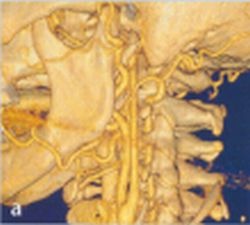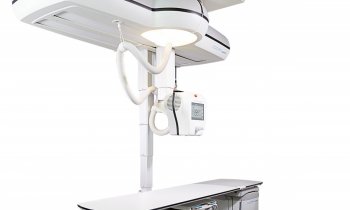Head and Neck Imaging
Multislice computed tomography (MS CT), which was introduced to clinical imaging as fourslice detectors in 1998 has fully proven its superior performance
over conventional scanner technology. For example, it provides optimized resolution of detail and increased scan speed. Simultaneously, this technology has opened new indications for computed tomography, for example, in heart imaging. However, the technical features of MS CT predestine this procedure not only for use in body CT but also in head end neck imaging. After a short survey of the technical fundamentals, this article will present indications for MS CT in head end neck imaging using case studies.

This article was first published in the VISIONS, issue 4/2003, a publication of Toshiba Medical Systems
16.08.2007











